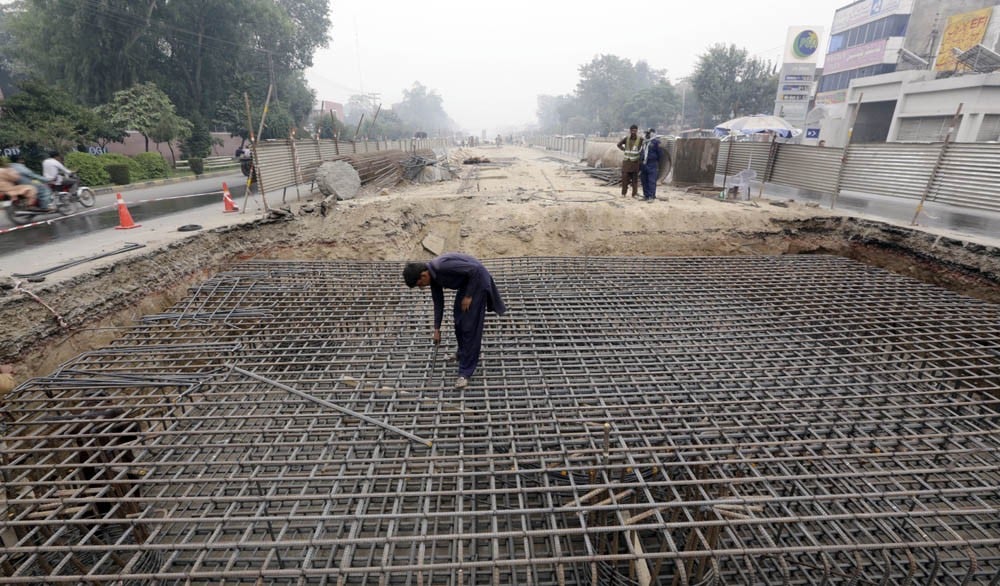
Let’s hope the Orange Line project does not deepen the divide between modernity and history in a city known as the Garden of Mughals

The Orange Line. Such an interesting name. So futuristic and cosmopolitan, sounding like the harbinger of faster connectivity to Pakistan’s cultural capital. This 27-km long stretch of modern engineering is a sub-project of the grand plan of the China-Pakistan Economic Corridor and looks all set to revolutionise the speed at which the Lahorites commute. But the speed at which this latest infrastructural ‘development’ is trying to alter the centuries old cultural heritage of Lahore is enough to make a citizen pause.
Lines are divisive and the Orange Line Metro Train project is a prime example. The proposed route of the Orange Line cuts across some of Lahore’s historical neighbourhoods such as Jain Mandir and Kapurthala House. In addition to demolishing hundreds of houses and displacing a large number of people that fall on its proposed track, the Orange Line shall pass within 200 feet of the World Heritage Sites such as Shalamar Gardens, GPO, and Chauburji.
Much has been written about in the past month on this blatant disregard for international and domestic laws regarding the preservation of cultural assets. Protests by civil society activists have finally forced the Punjab government to agree to have more transparency regarding the planned route. Yet, is that enough? Has the civil society risen in formidable enough numbers to make the government realise the folly of not taking citizen groups on board in the initial planning stages? I think not.
Lahore is a big city. Moreover, it’s a city that identifies itself through its historical and cultural heritage. Mention the city’s name and you can see its citizenry literally swell with pride at the architectural wonders it houses. Why then do protests against projects that threaten its cultural treasures continue to have low attendance? Yes, pictures of the rallies in media reports have been captioned "large numbers of people," but is 50 really a large number?
Read also: Shalamar’s orange ‘miracle’
Having attended such rallies, I find it disheartening to have to witness disappointingly thin crowds. However, if you were to follow the scheduled event online, lo and behold, you would see hundreds of people up in arms about it. Everyone is ‘going,’ yet only a fraction shows up. Why?
Have we all simply become armchair activists? Is it enough to indulge in online activism, via social media, to assuage our collective conscience and consider ourselves involved and responsible citizens because we clicked on that ‘Going’ button on Facebook?
Liking and reposting articles is not enough to reclaim and protect a city’s identity. There is always strength in numbers and in our part of the world, you are only heard when the crowd roars with you.
Culture and development do not have to be mutually exclusive. The apathy of citizens towards ill-planned development schemes is, however, sufficient to force the cultural identity of a city to take a back seat to concretisation. Is this where the Lahorites decide which side of the development-versus-culture debate they will take? Let’s hope the Orange Line project does not deepen the divide between modernity and history in the city known as the Garden of Mughals.